Tenth Anniversary: Persian Culture as a World Culture
The Soudavar Memorial Foundation’s mission is to preserve and promote the rich and diverse cultural and artistic heritage of the Greater Iranian world in all its diverse aspects, with a particular emphasis on continuities, areas of neglect, and on interaction with other cultures.
nspired by the lifelong commitment to the arts, culture and heritage of Iran demonstrated by the late Fereidoun Soudavar (1908-1997) and his wife, Massoumeh Amir-Alai (?-?), the Soudavar Memorial Foundation was established in 2001 by members of the wider family to continue his legacy in the field of Iranian and Persian studies .
In its first ten years, the Foundation has accumulated an impressive rostrum of accomplishments; its flagship initiative is the annual symposium on the ‘Idea of Iran’, which started in 2006. Convened by Dr Vesta Sarkhosh Curtis, Curator of Middle Eastern Coins at the British Museum and Dr Sarah Stewart, Lecturer in Zoroastrianism at SOAS, University of London from 2006-09 and Professor Edmund Herzig, the Massoumeh and Fereidoun Soudavar Professor of Persian Studies at the University of Oxford and Dr Sarah Stewart from 2010 (until 2013), the first five of these symposia shed new light on diverse aspects of Iranian and Persian studies and brought to the forefront threads of continuity found in a period covering over 1,000 years of history. Highlights amongst a broad portfolio of supported books include the award winning Isfahan and its Palaces: Statecraft, Shi’ism and the Architecture of Conviviality in Early Modern Iran by Sussan Babaie (Edinburgh University Press, 2008) and Eskandar Firouz’s The Complete Fauna of Iran (I.B.Tauris, 2005), another prize-winning book that is widely acknowledged as the most comprehensive work to-date on the fauna of Iran. Complementing this strong record of publications subventions, 2011 marked the publication of the fifth volume in the Foundation’s Idea of Iran publication series, Early Islamic Iran, edited by Edmund Herzig and Sarah Stewart. This followed Birth of the Persian Empire (2005); The Age of the Parthians (2007); The Sasanian Era (2008); and The Rise of Islam (2009), which were edited by Vesta Sarkhosh Curtis and Sarah Stewart. Grants were also awarded to a diverse range scholars as well as public and academic programmes. These include PhD scholarships; special study grants; contributions to seminars and conferences; support for exhibitions of art from ancient to modern; musical and multimedia performances; archaeological excavations as well as the study of excavated material; and a decade-long commitment to Encyclopaedia Iranica.
To mark its tenth anniversary, the Soudavar Memorial Foundation organised a day of celebration at the Brunei Gallery in London, playing host to an afternoon of discussions chaired by independent scholar Abolala Soudavar, followed with a concert performed by the Parvaz Ensemble inspired by the tanbour magham music of Kurdestan and a reception in the Brunei Suite.
Panel Discussion
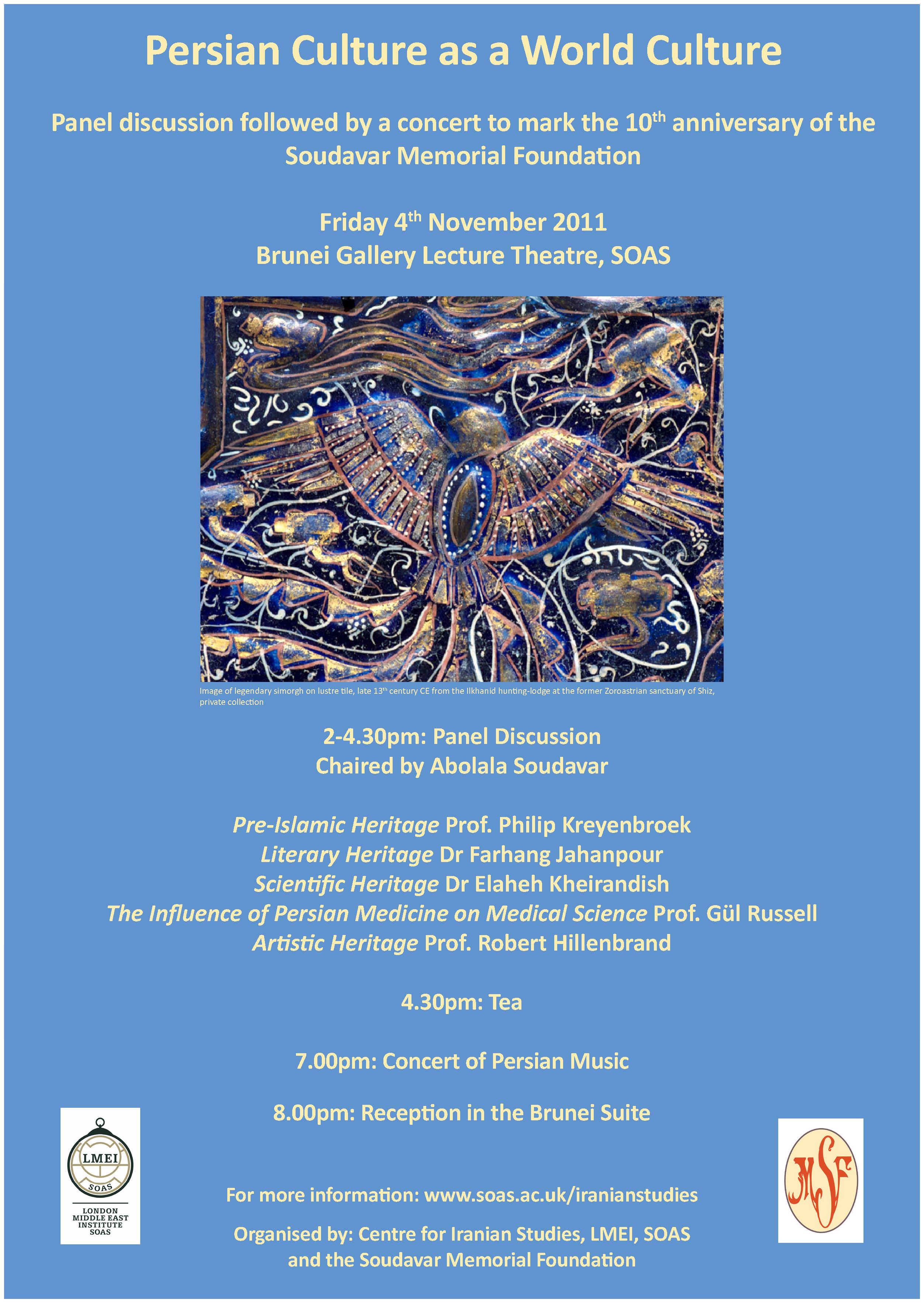
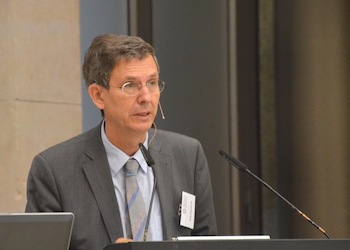
The Legacy of Ancient Iran in Western Culture
Professor Philip Kreyenbroek, Professor of Iranian Studies and Director of the Institute of Iranian Studies, Georg-August University Goettingen, Germany
The paper will discuss the originally Iranian nature of Mithraism, its role in the cultural history of Europe generally, and its influence on Christianity in particular. It will then address the various spheres in which the dominant religion of ancient Iran, Zoroastrianism, influenced the culture of the West.
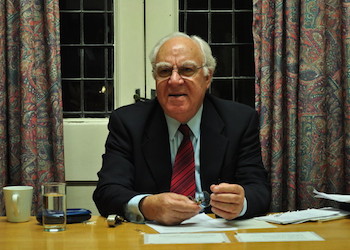
Iran’s Literary Heritage
Dr Farhang Jahanpour, Associate Fellow, Faculty of Oriental Studies, University of Oxford
By common consent, Persian literature is the jewel in the crown of Persian culture and is one of the greatest literary traditions of the world. Throughout the centuries when Persian served as the lingua franca of Eastern Islam, Persian literature profoundly influenced the literatures of Ottoman Turkey, Muslim India and Turkic Central Asia, as well as Western literature. Some of the great poets who have written in the Persian language, such as Ferdowsi, Omar Khayyam, Rumi, Hafiz and Sa’di, have become well- known in the West, and have provided a source of inspiration for Goethe, the Romantic poets, Emerson, and Matthew Arnold among others. The paper will briefly deal with various genres of Persian literature, including epic, romantic, mystical, didactic, lyrical and philosophical poetry and the impact of that literature on the rest of the world.
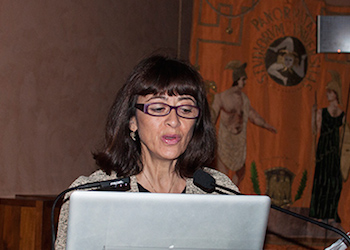
A Quartet of Persian Scientific Traditions: Geometry, Astronomy, Mechanics, Optics
Professor Elaheh Kheirandish, Research Associate, Aga Khan Program for Islamic Architecture, Harvard University
This presentation is about four scientific subjects with distinct Persian and Arabic traditions, and direct impacts on world science, featuring a film entitled “Early Science, ca. 1000 CE”. The quartet of geometry, astronomy, mechanics and optics are highlighted for rich and long lives in the lands of the Islamic Middle Ages, with lasting traditions beyond medieval Europe, all the way to the early modern period and the seventeenth-century “Science Revolution”.
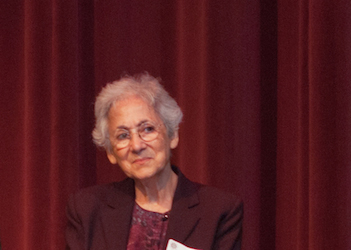
The ‘First Renaissance’ and the Development of Medicine in Islamic Civilization: The Persian Foundation
Dr Gül Russell, Professor of History of Medicine, Department of Humanities, Texas A&M Health Science Center
The Persian contribution has been crucial to the development of medicine in the Islamic civilziation and its impact on the Latin West. In this talk, the Persian heritage will be presented and some myths clarified, starting with the translation movement between the 8th and 10th cenuries that gave rise to the ‘first Renaissance in Baghdad’.
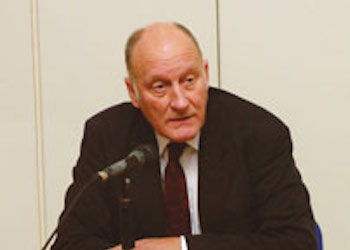
Iran’s Artistic Heritage
Professor Robert Hillenbrand, Emeritus Professor of Islamic Art, University of Edinburgh
The Iranian contribution lies at the very heart of Islamic art, just as European art cannot be understood without reference to Italy. The talk will attempt to highlight some of the perennial concerns of Iranian art and architecture in the Islamic period, tracing in turn how the tenacious traditions of pre-Islamic Iran constantly reconfigured themselves, how the majesty of kingship dominated secular iconography, and how religious themes found unexpected visual expression.
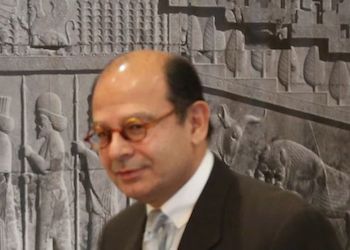
Panel Chair
Mr Abolala Soudavar, Independent Scholar
Abolala Soudavar is a noted scholar and collector whose articles have appeared in a number of academic journals. His publications include Art of the Persian Courts: Selections from the Art and History Trust Collection (Rizzoli, 1992), The Aura of Kings: Legitimacy and Divine Sanction in Iranian Kingship (Mazda Publishers, 2003), Decoding Old Masters: Patrons, Princes and Enigmatic Paintings of the 15th Century (I.B.Tauris, 2007), and Mithraic Societies: From Brotherhood Ideal to Religion’s Adversary released in 2014.

